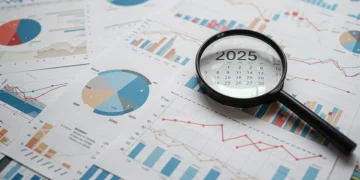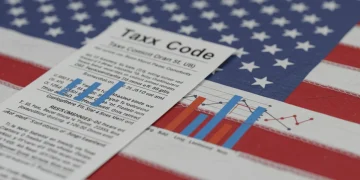
2025 Supreme Court Decisions: Economic Impact on the US
The 2025 Supreme Court term is poised to deliver rulings with far-reaching national economic implications. Understanding these key cases is crucial for businesses, investors, and every American citizen as they will directly shape financial landscapes and regulatory frameworks.

New Environmental Regulations 2025: Business Checklist & Solutions
Businesses in the United States must proactively prepare for new environmental regulations taking effect mid-2025, which demand a strategic 4-point checklist focusing on compliance and practical, sustainable solutions.

2025 Budget Bill: Impact on US National Debt and Investment
The 2025 Budget Bill is anticipated to significantly influence the US national debt and investment landscape, shaping future economic trajectories and presenting both fiscal challenges and strategic opportunities for various sectors.

2025 Debt Ceiling Debate: Market Repercussions Explored
The 2025 debt ceiling debate looms as a significant event with potential far-reaching financial market repercussions, influencing everything from interest rates to investor confidence and overall economic stability.

Fixed Income Opportunities: 4.5% Inflation Environment 2025
Navigating fixed income opportunities in a 4.5% inflation environment for 2025 requires a strategic approach to asset allocation, focusing on inflation-protected securities, shorter-duration bonds, and diversification to mitigate risk and preserve capital.

Investing in 2025: Stocks, Bonds, and Mutual Funds Primer
This educational primer on stocks, bonds, and mutual funds provides the foundational knowledge necessary for understanding and navigating the investment landscape in 2025, empowering individuals to make informed financial decisions.


